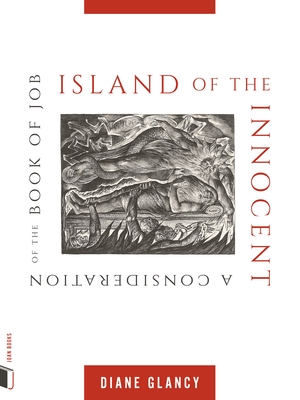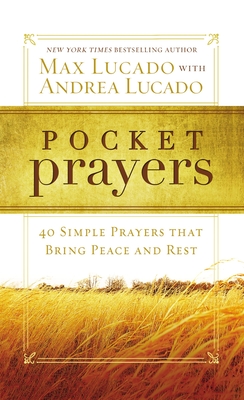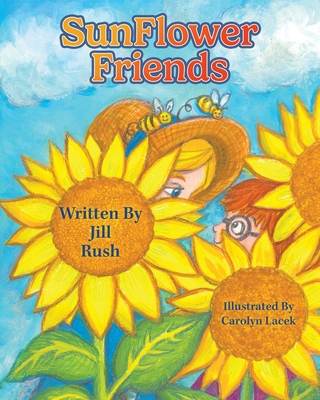
A New York Times Book Review New & Noteworthy Selection.
"A moving testament to the creative act of enduring.--Foreword Reviews, starred review
What bounty to have Glancy's great art erupt once more. --Spencer Reece, author of The Clerk's Tale and The Road to Emmaus
Every classic text should be so fortunate. --Mark Larrimore, author of The Book of Job: A Biography
There is much mystery surrounding the Book of Job. Who was he? Where was he? What prompts Job's comforters to accuse him of wrong-doing as the cause of his suffering? When were Job's words written? How did Job's wife endure her husband's ordeals? And who is innocent among us?
Island of the Innocent's narrative dramatizes how the way one looks at something shapes and changes what is seen. Voices of the trials of the Native American interject themselves into the text. There is Custer riding toward the Little Bighorn. There is a Native American doll in a museum, taken from a battlefield in western Nebraska after the massacre of Ash Hollow. There is Job, sitting in his yard chair in discomfort, among the falling leaves and his three friends.
And finally, Jehorah. Only Diane Glancy could create the missing story of Job's wife, unsilencing this biblical character and endowing her suffering with meaning. Here is Jehorah in Job's Wife:
What next? What next?--I wrote
in my book of sorrows. I keep a journal asking
God what he is doing. Once I start it's hard to stop.
I was expecting more boils on Job. More death--
more ever-ready friendly visits. But after them--
who was left?-- I ask you. where is my broom?
My head? My battle-ax?







